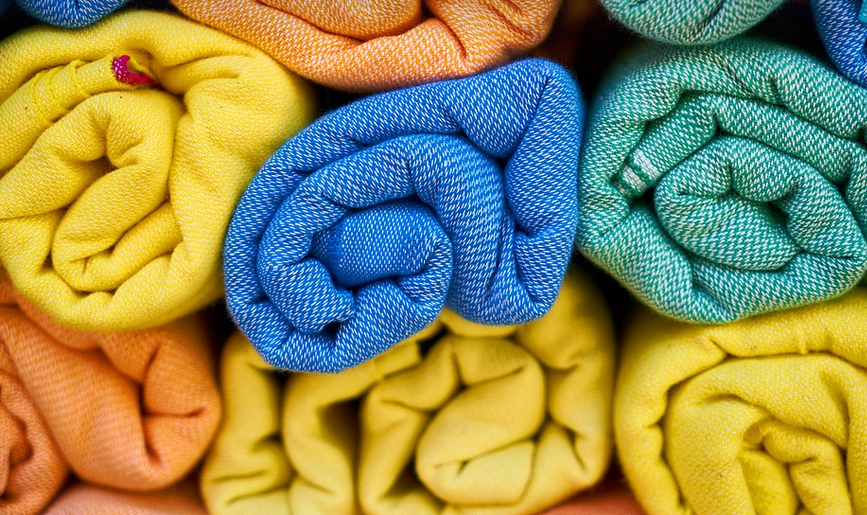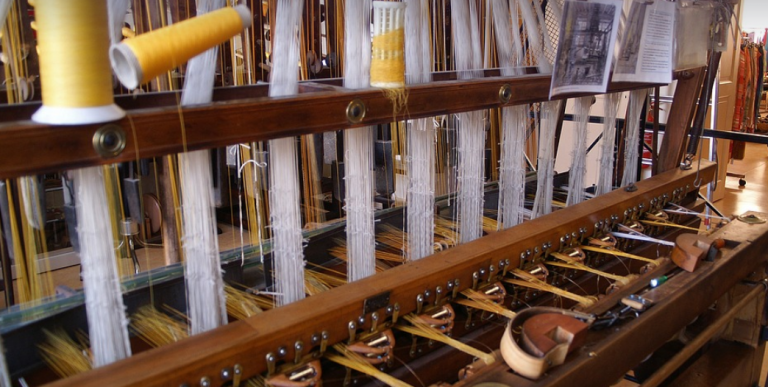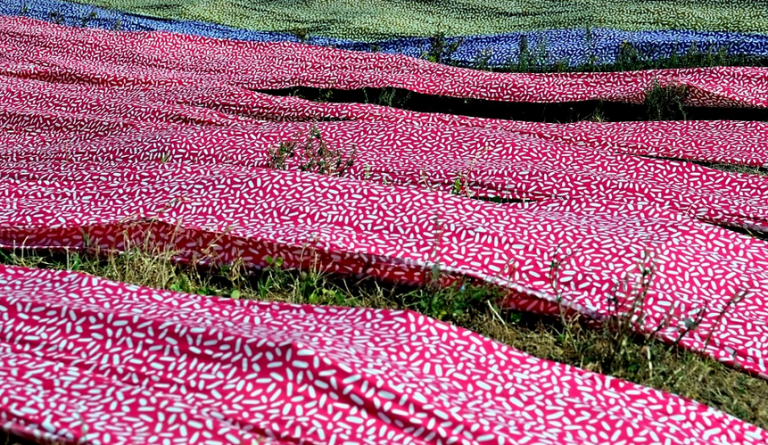
What is Moleskin Padding?
Think of moleskin padding like a superhero for your favorite jacket or backpack. It’s a special type of fabric known for its durability, soft texture, and ability to resist wear and tear. You might be wondering, “How exactly does this magic material work?” Well, let’s dive into the fascinating world of moleskin padding.
Moleskin is named after its resemblance to the soft fur of moles – a creature known for its burrowing skills. This furry fabric has a unique texture that feels surprisingly smooth when you touch it. But don’t be fooled by this softness; moleskin offers exceptional protection against harsh conditions.
The Science Behind Moleskin Padding
So, what makes moleskin padding so special? The answer lies in its intricate construction and the unique properties of its materials.
First, let’s talk about the weave. Moleskin is woven using a tight interlock pattern that creates a dense fabric with minimal gaps between threads. This dense weave ensures that fibers are tightly interwoven, making it incredibly resistant to abrasion and tears.
Second, we have the material itself. Moleskin is often made from sturdy cotton canvas, which offers durability and resilience against wear and tear. This tough fabric makes moleskin ideal for high-stress areas like pockets, handles, and elbows of your favorite bag or jacket where you’ll need extra protection.
The Benefits of Moleskin Padding
Moleskin padding brings a host of benefits that make it so sought after in various sectors. Here are just a few:
- Durability: Moleskin excels at withstanding the test of time, thanks to its robust construction and resistance to abrasion.
- Comfort: The soft texture of moleskin padding provides a comfortable and pleasant feel against your skin.
- Protection: Moleskin’s dense weave offers excellent protection against bumps, scratches, and other wear-and-tear damage.
Moleskin in Action
Let’s peek into the world of where moleskin padding comes into play. From everyday items to more specialized applications:
1. **Backpacks:** Moleskin’s strength and durability make it ideal for school bags, travel backpacks, and hiking packs. The fabric handles repeated use and protects against knocks and scratches.
2. **Leather Jackets and Coats:** Moleskin acts as a protective layer on the outer surface of jackets and coats. It offers a tough barrier against scuffs and abrasions during everyday wear.
3. **Protective Equipment:** In various industrial settings, moleskin padding finds application in protective gear for workers handling materials that can cause abrasion. It’s used to shield wrists and elbows from impacts and scrapes.
Moleskin: An Investment Worth Taking
Investing in pieces of clothing or equipment with moleskin padding is an investment in long-lasting quality. The extra durability translates into a better overall product life, saving you money in the long run.
From everyday essentials to specialized gear, moleskin padding offers exceptional protection and comfort, making it a worthwhile choice.


